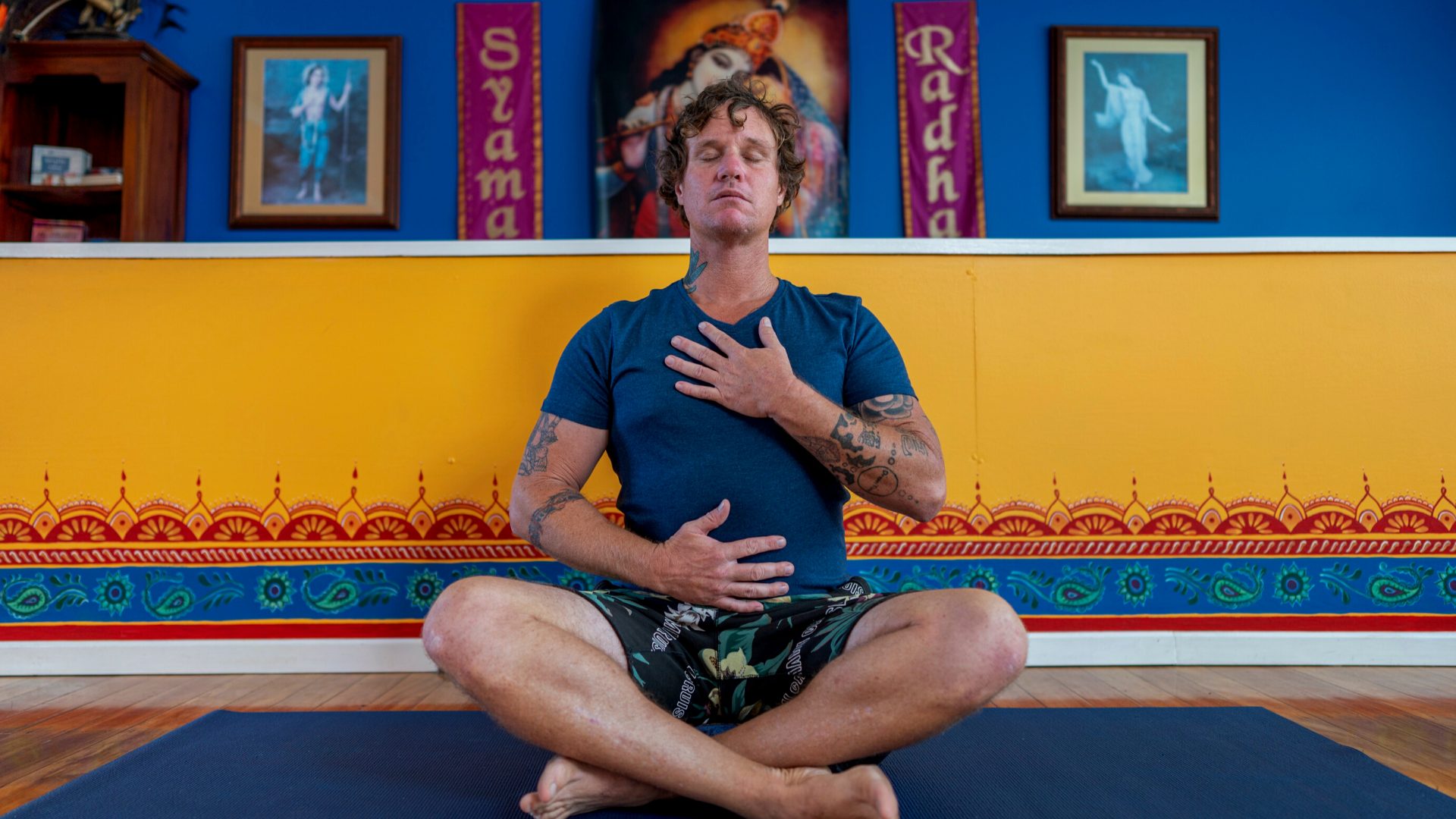In a previous article I have talked about using the bandhas for core support. The bandhas provide great internal support for the core during our yoga poses and also during our everyday tasks. In fact whenever we are standing or sitting it is beneficial to have the bandhas lightly engaged. Engaging the bandhas is helpful in taking excess weight out of our joints. While sitting the bandhas support the spine which helps to prevent collapse of the intervertebral discs. When walking, standing, running or jumping the weight is lifted up out of our ankles, knees and hips and often this is all it takes to prevent or sometimes remedy painful joints.
We can visualize the core as a cylinder with a top and a base and circular walls.The base of our cylinder is the pelvic floor, the top is the diaphragm and the walls are the abdominal muscles.
Engaging the pelvic floor muscles (mula bandha) activates the deepest abdominal muscles while broadening the rib cage engages the second layers.
When we simply add deep diaphragmatic breathing to our bandhas we gain even more support. Every time we broaden the rib cage and inhale to the bottom of our lungs, our diaphragm engages and presses down into the abdominal area, providing support for our core from the top. This diaphragmatic action is enhanced by the broadening of the ribcage (uddiyana bandha) and when the inhalation is met with mula bandha there is a pressure build-up in the front of the spine. This cushion of pressure reaches deep down into the cylinder adding to the support of the most vulnerable parts of the spine.
Therefore the takeaway from this is to engage mula and uddiyana bandhas and bring the breath deep to the bottom of the lungs and your core will be supported.
If you are lifting heavy furniture for instance or performing some particularly demanding yoga pose, the deep breath and engagement of the bandhas will create a strong bracing effect and when you are simply needing support for your normal activities the use of this core support will add lightness to your body along with less wear and tear. Although we tend to lose the support of the diaphragm on the exhalation, we do gain support from stronger engagement of the abdominal muscles which are aiding the diaphragm to expel the air.
It might take a little while for these actions to become part of your natural way of moving and sitting. A great place to start is to add them to your yoga poses. When you feel the support you gain from your activated cylinder you will feel inspired to add that same support off the mat as well.
By Vrndavan Dasi
Founder and Principal of Veda Yoga Teacher Training
